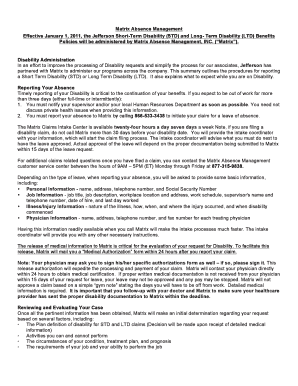


In future, the model might be developed to improve its utility, e.g.

The model is a milestone in assessing wildlife management welfare impacts, but our research revealed some limitations of the model and we discuss likely challenges in resolving these. As well as ranking the humaneness of interventions, the model highlighted future research needs and how Standard Operating Procedures might be improved. Some rankings appeared counter-intuitive, highlighting the need for objective formal welfare assessments. Both spring trapping, and live trapping followed by translocation, scored greater impacts, but these could not be compared directly as they scored on different axes of the model. For moles, managing molehills and tunnels scored least impact. The model ranked interventions for rabbits (least impact first: fencing, head shot, chest shot) and crows (shooting, scaring, live trapping with cervical dislocation). We applied the welfare assessment model to interventions commonly used with rabbits (Oryctolagus cuniculus), moles (Talpa europaea) and crows (Corvus corone) in the UK. Our objectives were to: 1) establish whether an existing welfare assessment model could differentiate and rank the impacts of different wildlife management interventions (for decision-making purposes) 2) identify and evaluate any additional benefits of making formal welfare assessments and 3) illustrate issues raised by application of the model. Welfare impacts therefore need to be assessed objectively. However, little is known about the welfare impacts of different wildlife management interventions, and opinions on impacts vary widely. Where human activities harm animal welfare these effects should be minimised where possible. Attempts to manage this conflict impact upon wild animal welfare, an issue receiving little attention until relatively recently. Human-wildlife conflict is a global issue.


 0 kommentar(er)
0 kommentar(er)
